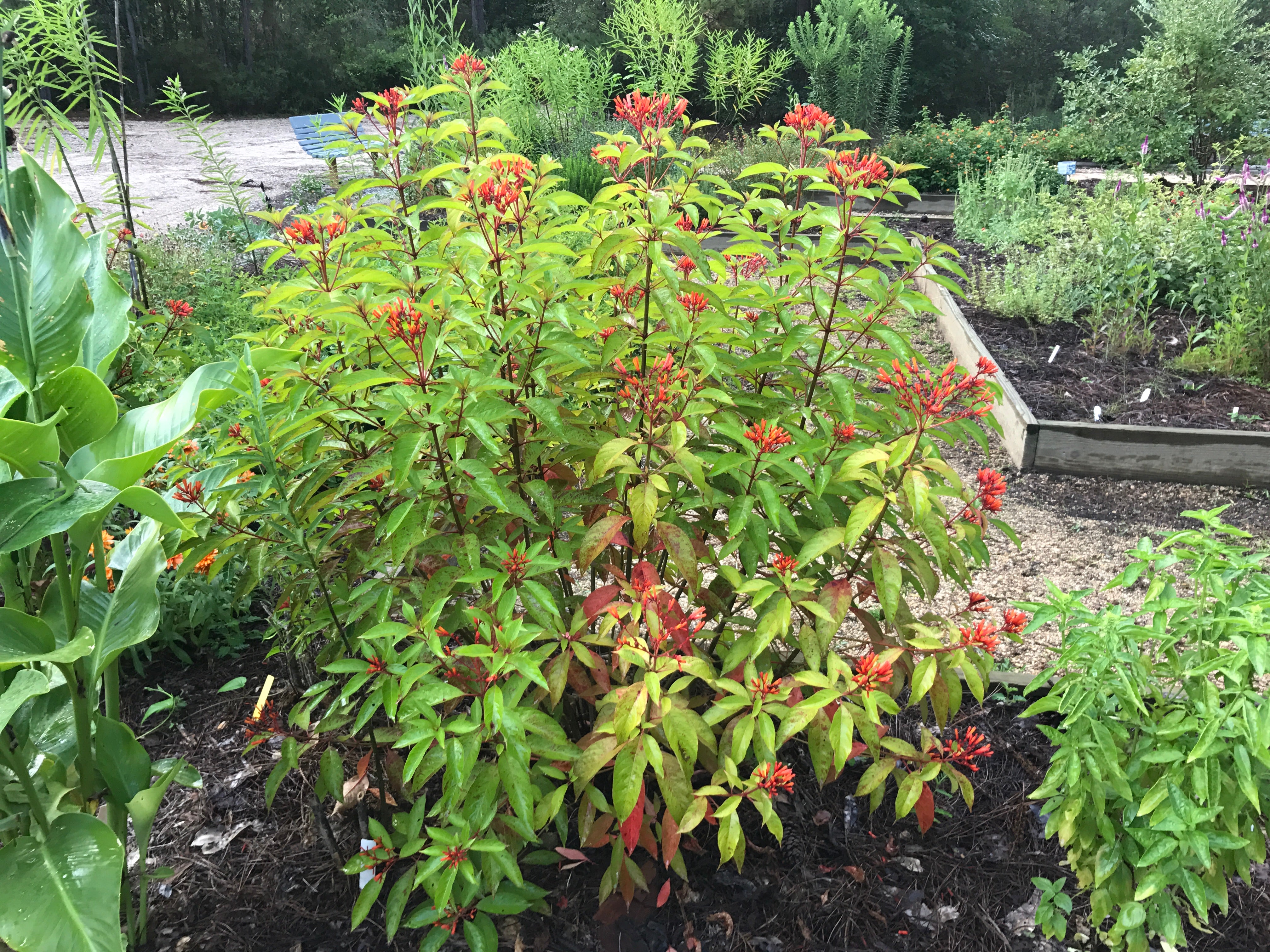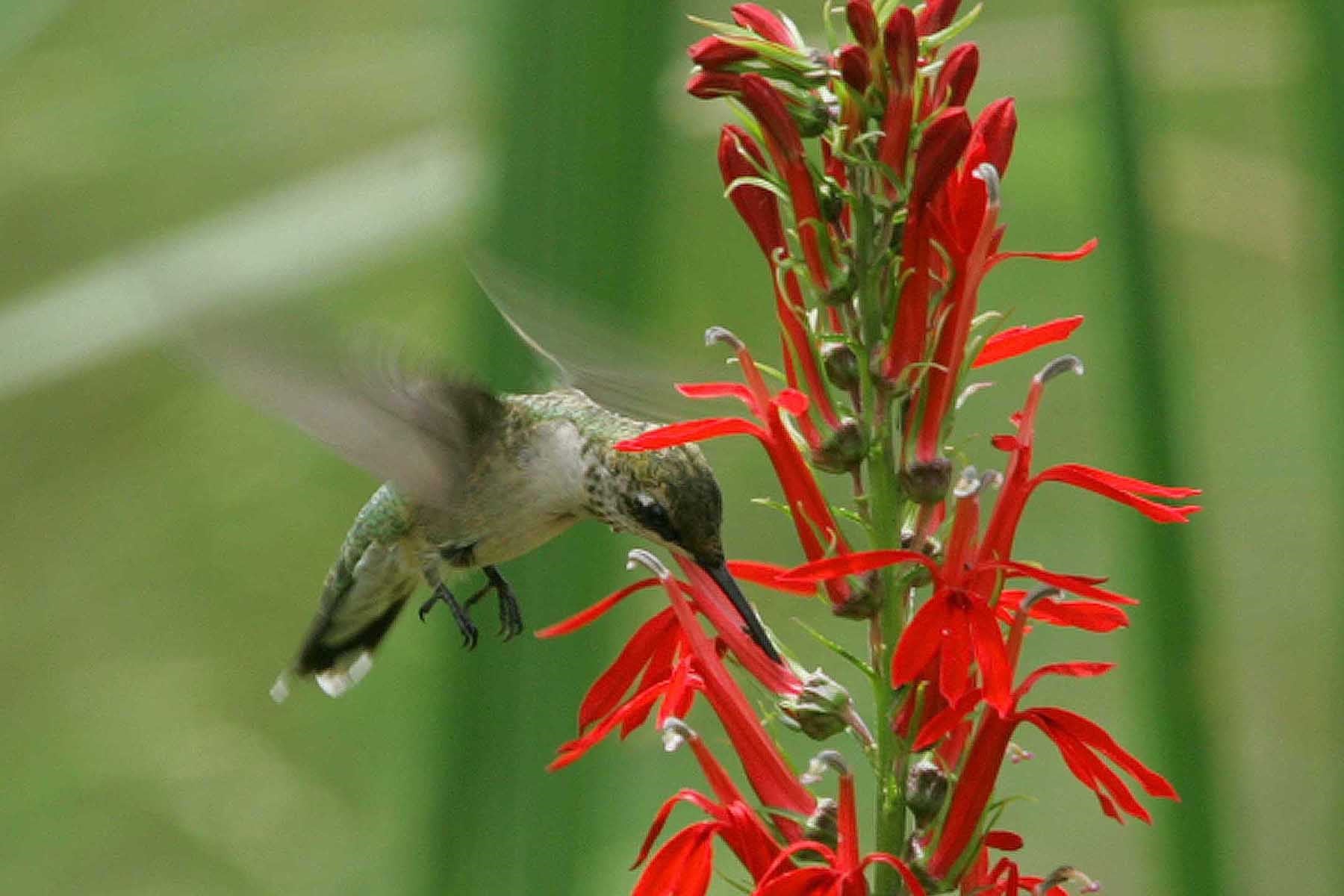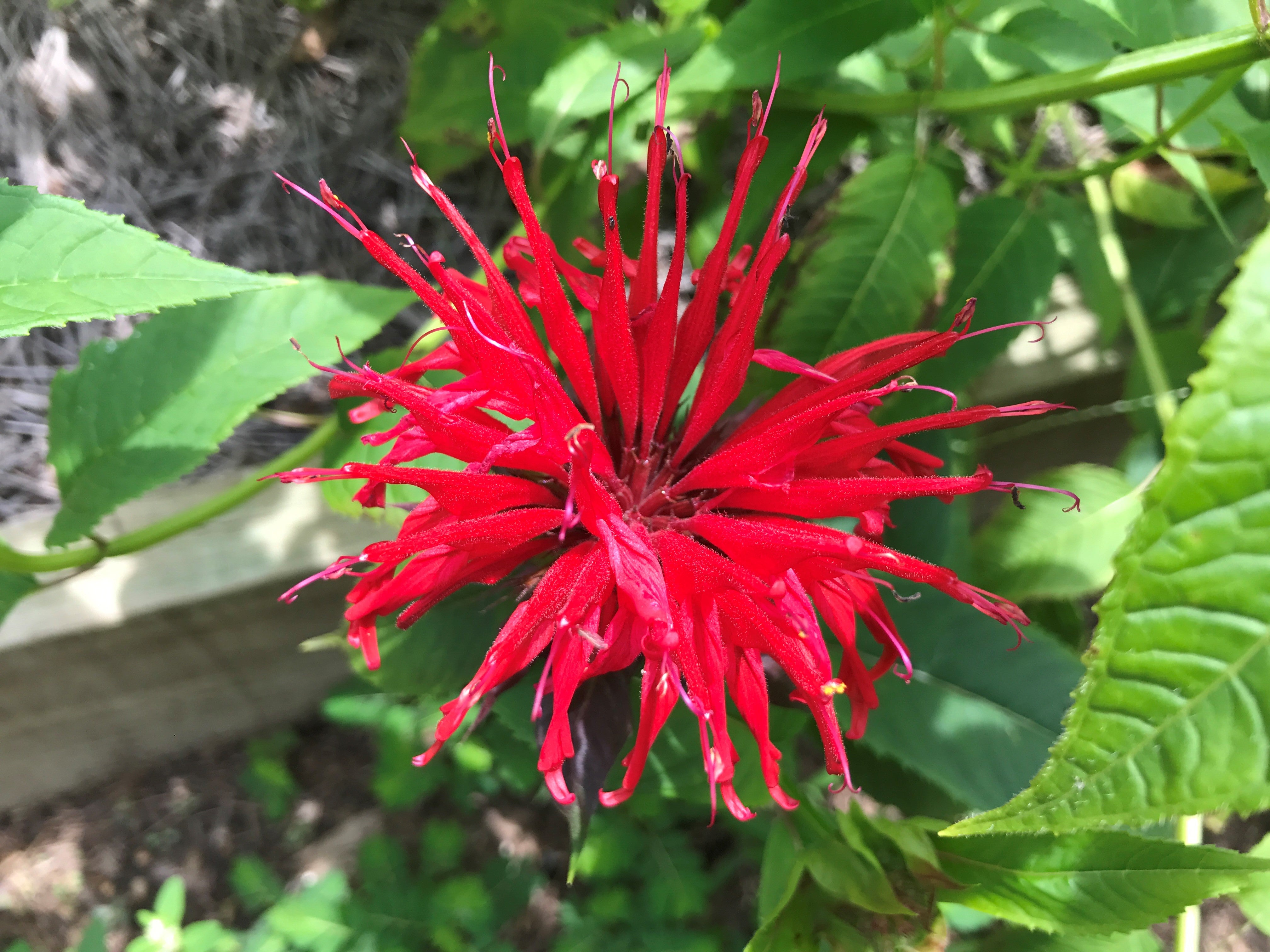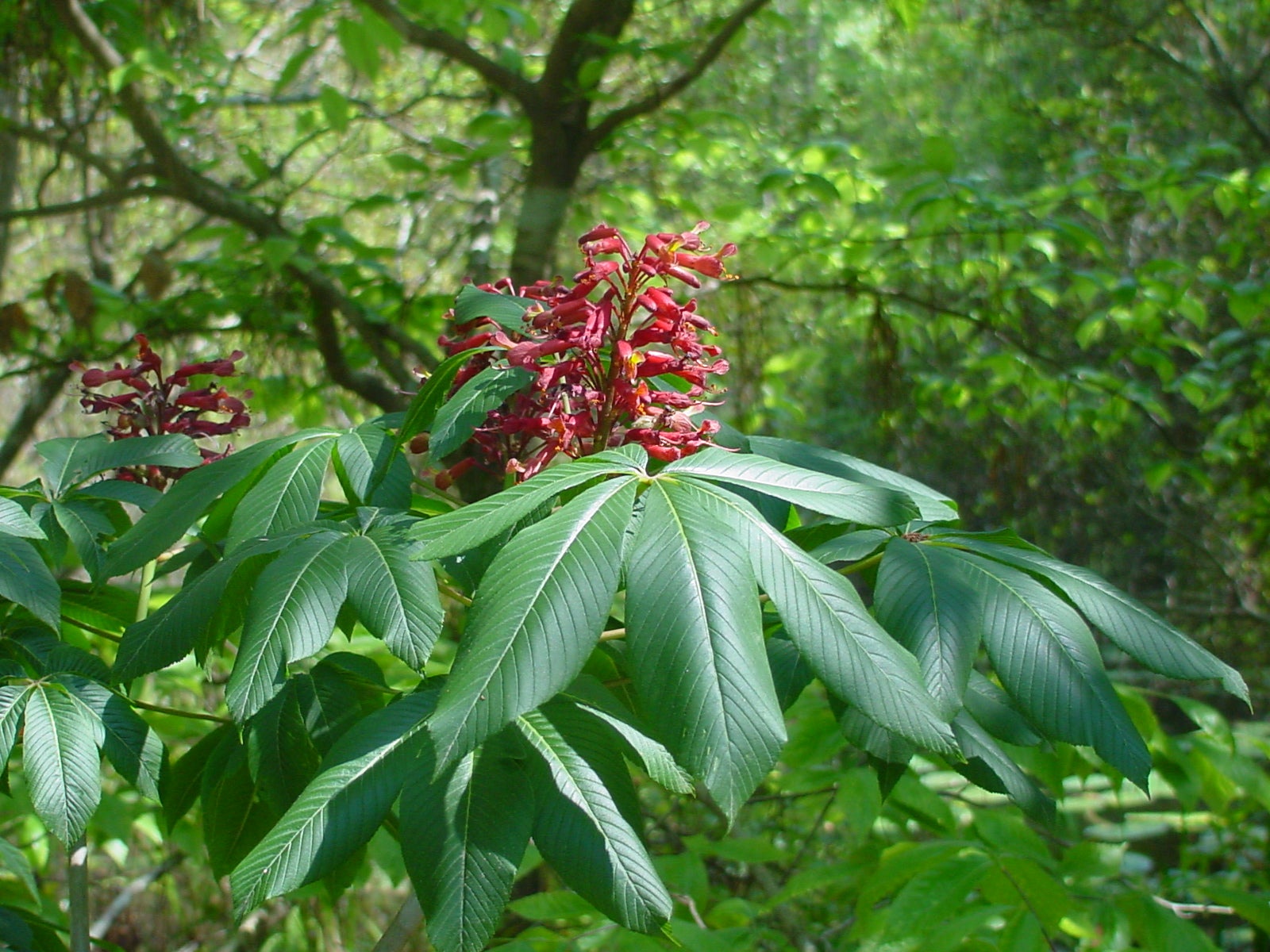Fill your garden with hummingbirds!
Published 7:00 am Saturday, August 7, 2021
By Patricia Drackett
Director of the Crosby Arboretum and
assistant extension professor of landscape architecture with the Mississippi State University Extension Service
Earlier this week, we were treated to a glimpse of a hummingbird busily feeding on the brightly colored orange blooms of a cigar plant (Cuphea ignea) in the Arboretum’s pollinator garden. Many of you who tend gardens will have stories about the delight of a sudden appearance of these delightful jewel-toned creatures. We will stop in our tracks to enjoy each moment these mesmerizing creatures remain in our sights.
On Saturday morning, August 14, long-time hummingbird bander James Bell will be presenting an “All About Hummingbirds” program at Crosby Arboretum. He will reveal the life and habits of hummingbirds, how they feed, and why they fight so much. You will also learn new plants to add to your garden to draw the birds, and other methods to ensure you will see more “hummers”.
For many years James has banded these tiny birds at hummingbird festivals. He captures the birds, records data about them, and bands and releases them, sometimes encountering a hummingbird he has previously banded. He often enlists curious passersby to join in, giving them the chance to briefly hold these tiny birds, and then release them.
Native plants attractive to hummingbirds suitable for Mississippi landscapes include coral honeysuckle, cardinal flower, red buckeye, coral bean, and southern crabapple. For a list of additional plants visit the MSU Extension Service website at http://extension.msstate.edu/. Enter “hummingbirds” in the search field on the home page to access the article “Attracting Hummingbirds to Mississippi Gardens”.
This is the time of the year that hummingbirds are feeding and gathering food stores to fuel them on their upcoming non-stop journey across the Gulf of Mexico to places such as the Yucatan Peninsula or Mexico. Their trips can last twenty hours or more!
I know gardeners who maintain a dozen or more feeders or more during the migration periods. t can be great fun to watch hummingbirds feeding, but if you are new to using feeders, it’s important to know that a sugar water mixture can ferment quickly, producing toxic alcohol. Remember to change the mixture before it becomes cloudy, which can be at least twice a week during hot weather, which causes more rapid fermentation. Clean your feeder well, for example, with a solution of one part white vinegar to four parts water.
You don’t need to purchase special feeding mixtures. Plain white table sugar is typically used at the rate of about a quarter cup of sugar to a cup of water. Bring to a boil to kill any molds or fungi and let cool before filling a feeder. Raw or organic sugars are not recommended, as they can contain harmful amounts of iron. Don’t use honey to sweeten the water, as it can promote fungal growths.
Locate your feeder in a shady place, such as under porch eaves. This will slow the fermentation of the sugar mixture and prevent the development of molds and fungi. Finally, keep feeders away from areas where cats can hide and prey upon the birds.
Hummingbirds don’t live on nectar alone. They also eat small spiders, and insects such as fruit flies and ants. Interestingly, they will feed on tree sap through the holes drilled by other birds such as woodpeckers or sapsuckers.
The “All About Hummingbirds” program with hummingbird bander James Bell takes place on Saturday, August 14 from 9:30 to 10:30 a.m. His presentation is a chance to truly enjoy the beauty of one of nature’s most dazzling creations, coming from a person who is highly knowledgeable in the delivery of this information. The program is suited to ages 12 and up. Fee for Arboretum members is $3 and $6 for non-members. As space is limited, registration is required. Call and make reservations at 601-799-2311 to sign up to hold your place and pay when you arrive.
Are you interested in mushrooms and fungi? Join biology teacher Dr. Juan Mata from the University of South Alabama for a guided mushroom field walk through the Arboretum on Saturday, August 28, from 10:00 a.m. to noon. Learn about fungi’s fascinating ecology, taxonomy, and relationship to mankind. Come dressed for being outdoors. A knife, gloves, basket or bag are helpful, but not necessary. Registration is required. Limited to 30 persons. Cost for members is $4 and $7 for non-members $7.
The Crosby Arboretum is located in Picayune, I-59 Exit 4, at 370 Ridge Road (south of Walmart and adjacent to I-59). For more information about our programs and events, see the website at www.crosbyarboretum.msstate.edu<http://www.crosbyarboretum.msstate.edu>.







